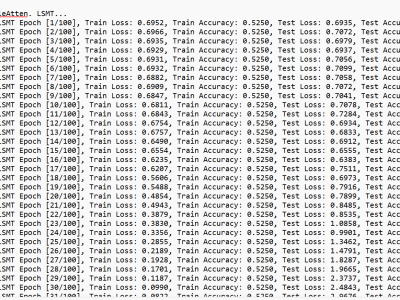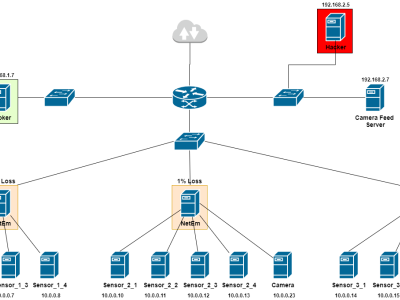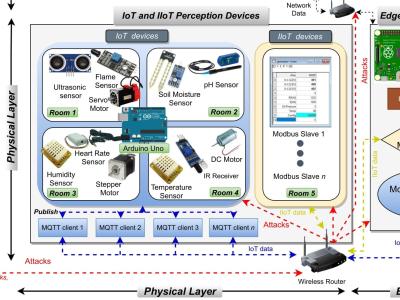Accuracy prediction, prevention strategies, and latency testing for xAPP, alongside cryptographic FL-DDQN.

- Citation Author(s):
- Submitted by:
- Kofi Kwarteng Abrokwa
- Last updated:
- DOI:
- 10.21227/222v-yb73
- Data Format:
 8 views
8 views
- Categories:
- Keywords:
Abstract
The integration of federated learning (FL) in 6G O-RAN architectures enhances collaborative learning between distributed users while enabling network monitoring capabilities and preserving data privacy. However, despite its significant advantages, FL has critical security vulnerabilities in the transmission of packets/weights to/from the Open Radio Unit (ORU) to the user. These challenges require the use of robust prevention mechanisms to mitigate malicious actors disrupting weight transmission. This paper addresses the security challenges in FL within 6G O-RAN by employing cryptographic methods to secure communications between users and the ORU. Initially, Diffie-Hellman (DH) cryptography is utilized during the initialization phase of FL to establish shared keys securely. These DH shared keys are subsequently used to derive Advanced Encryption Standard keys, enabling the encryption and decryption of weight exchanged between ORUs and users during FL. To further enhance security, Binary Cross Entropy is employed to train the extended application for predicting free rider attacks and issuing mitigation policies. The security problem is formulated as a Markov Decision Process and addressed using the Double Deep Q Network algorithm. Our empirical results indicate a 4.23% improvement in attack detection accuracy, a 5% increase in attack prevention accuracy, and a 5% reduction in latency during FL.
Instructions:
In this work, we integrate the Diffie-Hellman protocol and Advanced Encryption Standard (AES) cryptography into the federated learning Double Deep Q-Network (FL-DDQN) algorithm to secure communication in federated learning, specifically between the user and the Open Radio Unit (ORU) during local and global updates. The proposed algorithm operates without requiring hyperparameter optimization. In both attack detection and prevention scenarios, our approach demonstrates approximately a 4% improvement over existing methods.








